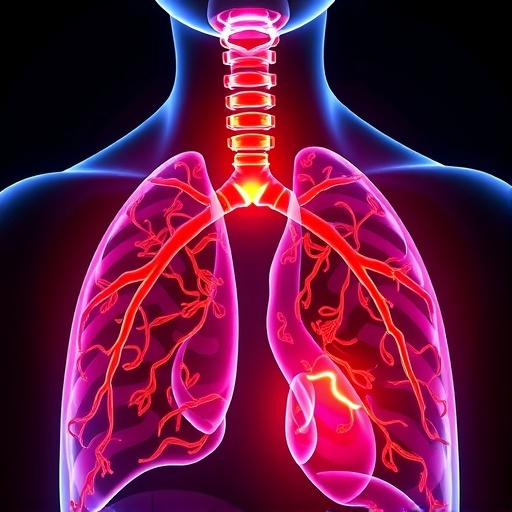Cognitive-motor and psychiatric profiles of Huntington’s disease show a different pattern of brain alterations
- The identification of specific neural signatures can help develop specific biomarkers and personalized treatments for Huntington’s disease.
- Research results underscore the value of multimodal approaches in the characterization of heterogeneous patterns of neurodegeneration
Researchers from the Cognition and Brain plasticity group of Bellvitge Biomedical Research Institute (IDIBELL) and the Institute of Neurosciences of the University of Barcelona (UBNeuro), with the collaboration of Radboud University in the Netherlands, have identified two specific patterns of cerebral disorders underlying two clinical profiles of Huntington’s disease. The study, published in “Neuroimage: Clinical“, can help develop specific biomarkers and personalized treatments for each profile of this rare disease.
The research, led by doctors Estela Càmara and Ruth de Diego, with predoctoral researcher Clara García Gorro as first author, widens the current knowledge about Huntington’s disease. This neurodegenerative genetic disease is characterized by associated motor, cognitive and psychiatric deficits, but there is “large symptomatic heterogeneity among patients, so we decided to investigate the neurobiological basis of these differences to see if we could link it to the clinical profiles”, Dr de Diego, ICREA researcher, explains.
For the study, researchers used a multimodal fusion analysis technique that combines different types of magnetic resonance imaging modalities. “This type of analysis allows us to integrate the information of the different modalities and thus study the brain and the pattern of neurodegeneration in a more global way, making the identification of more subtle cerebral alterations possible”, Dr Càmara explains.
The analysis of the relationship between the symptoms of the disease and the measures of the structural alterations of the white and gray matter allowed the researchers to establish that the cognitive and motor symptoms shared a common neurobiological basis while the psychiatric domain had a differentiated neural signature.
“Cognitive and motor symptoms were associated together with a pattern of reduction in gray matter, cortical thickness and the integrity of the white substance in brain regions responsible for the execution of movements and the processing of different cognitive functions, such as memory, planning or visual-spatial processing. Depressive symptoms, on the other hand, were associated with a very different pattern, characterized by a lower thickness in the cerebral cortex in regions responsible for the emotional processing typically associated with psychiatric alterations”, Dr García Gorro adds.
These results provide a new vision of a disease traditionally considered as a uniform entity and promote new lines of research that take into account these individual qualitative differences. “Our results are especially relevant in the context of clinical trials, as they could be used to define specific biomarkers for each symptomatological profile, even before clinical signs appea”,”says Dr. Càmara, adding that “besides, we are opening a door to personalized medicine in Huntington’s disease, as findings increase the likelihood of finding individualized treatments aimed at specific cognitive, motor, and psychiatric disorders.”
###
The study also involved different hospitals in Barcelona, such as the Bellvitge University Hospital, the Santa Creu and Sant Pau Hospital, the Hospital Clínic of Barcelona and the Mare de Déu de la Mercè Hospital. This allowed researchers to work with a large sample of patients, a fact of special importance for a rare disease such as Huntington’s.
Media Contact
Gemma
[email protected]
Related Journal Article
http://idibell.
http://dx.




